The Guns Most Likely to Never Break Down

Say you want a gun for the end of the world, for an apocalypse situation. Or maybe you just want something you can leave at your cabin in Alaska and always expect it to work. Whatever your reason, here’s a list of guns that you should consider if you want something that will probably never break down… probably.
Old reliable @ TFB
Gevarm E1
Technically, you could put any E-series or A-series Gevarm rifle in here, because they’re all pretty much the same design—a .22LR semi-auto rifle that fires from an open bolt. These were made in France and sold around the world starting in the 1950s and ending in the 1980s. They’re not super-common outside their home market, but they’re also not hard to find either, except perhaps in the U.S., the largest gun market of all. In formerly gun-friendly places like Canada and Australia, you can still find them on the used market for $500-600.
What makes the Gevarm rifles so reliable? They have very few parts to break. There was no firing pin; the bolt had a milled-in nub that served to smash into the rimfire primer and set off the cartridge as the bolt slammed forward. Just in case the cartridge had a messed-up primer, as sometimes happens with rimfire cartridges, there were actually two of these protrusions, striking the primer in two places. The shooter was practically guaranteed their rifle was going to go bang.
There wasn’t even an extractor or ejector on these rifles. The blowback action forced the empty casing out of the chamber, where it was redirected clear of the action when it struck a protrusion sticking out of the top of the magazine. In other words, this gun had almost no moving parts except for a trigger assembly, the recoil spring and the magazine. If these rifles were still in production, and made in the USA, they might be considered the GOAT rimfire rifle for any survival kit.
See TFB’s previous coverage of the Gevarm line here.
Heym Double Rifle
Really, you could put any of the higher-end double-barrel rifles in here, as long as they have a rimmed cartridge. Holland & Holland, Blaser, Westley Richards, Heym, Purdey, all these manufacturers make rifles that have to work 100 percent reliably, lest their shooter be elephant-stomped into the grass of the African plains in a big mushy pile of red goo. The actions are hand-made of the finest materials to avoid internals breaking, and fitted carefully to keep out the elements. And if you ever did suffer a broken part, depending on your rifle’s internal configuration and trigger setup, you might still be able to keep one of the barrels in action.
The only trouble is, for the price of a single likely-to-never-break double gun, you could buy a whole safeload of similarly-reliable bolt-action rifles—and that’s what a lot of African hunters do.
Modern-day Mauser 98
While we’re on the subject of big game rifles, why not a modern-day Mauser 98? More than 100 years after this design hit the market for the first time, they’re still being made in Germany. At the prices they’re asking—starting at $12,995 for the Mauser 98 Expert—you know you are going to get a gun that is made to last you for as many shells as you’re willing to put through it. If militaries around the world (not just the Germans) were able to rely on this design, you know that you can too.
There have been modern-day reproductions of the rifles that competed with the Mauser 98 (the Lee-Enfield, the Springfield 1903), but they were simply not built to the quality of the German-made rifles. You can still buy a Garand from the Civilian Marksmanship Program in the U.S., and when originally made, those rifles would also last for many breakdown-free years for the average user. However, you are buying a proverbial pig-in-a-poke when you get a CMP rifle, as you may end up with one that has seen a lot of hard use.
Baikal MP 18
Don’t shoot me or send me nasty letters, please, but if I were picking a shotgun to last me until the end of my life, with no broken parts, I’d take a Baikal break-action—either the MP18 single-shot or one of their doubles. These shotguns are made by the same people who make AK-47s; they’re made to handle the cold, miserable weather of Siberia, and most Baikal shotguns have been in production for decades, long enough to iron out any kinks. I suspect most of them were built with traditional Russian firearm engineering ideals anyway—take a Western design, and redesign it so it’s harder to break. I will say that I’ve seen hundreds of these guns for sale over the years, and I don’t think I’ve ever seen a single one that was broken.
Winchester Model 03/63
Just like the Gevarms, you’ll never find a Model 03 new-manufactured, because Winchester stopped making these semi-autos in 1932. But in the years before that, these rifles were unstoppable. For evidence, look at the husband-wife shooting team of the Fabulous Topperweins. Adolph and Elizabeth, aka Plinky (which is where we get the term plinking from, didja know?) used the Winchester Model 03 to bust up thousands upon thousands of targets in various shooting competitions. In his most famous feat, Ad used a set of three of these rifles to shoot apart a series of 72,500 wooden blocks, hand-thrown into the air over a 10-day period. If they can handle that sort of abuse, these rifles might have been the most reliable .22 semi-autos ever made.
But take note: They were not chambered in .22LR. These rifles were chambered in the .22 Winchester Automatic cartridge, which is unobtanium now. The standardized ammunition meant Winchester was able to build the gun to run extremely well on their proprietary loads.
The Winchester Model 63 replaced the Model 03 in 1933, and was chambered in the easier-to-find .22LR. It had similar milled-steel and hand-fitted-internals construction, which meant it fell on the chopping block in 1958 when it became too expensive for Winchester to produce and sell at a profit. In the years since, Miroku made a copy of this rifle as well, and it also had an excellent reputation for reliability as long as you used the proper ammunition. Taurus also built a copy, but you probably can’t expect quite the same fit and finish as the Miroku version.
Glock 17
Let’s close this list with a pistol. If you take a bone-stock Glock 17 and leave it that way—no fudging around with dodgy aftermarket parts, no third-party mags, no weird ammo loads—this might be the longest-lasting pistol that most shooters will ever buy, without going into the realm of custom-built handguns. Since its introduction in 1982, the Glock 17 has been issued to thousands upon thousands of soldiers and police worldwide, and been the pistol of choice for countless more civilians because it just plain works. Maybe you don’t like the ergos, maybe you don’t like the looks, but you can’t argue with its unstoppable reliability.

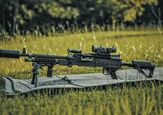
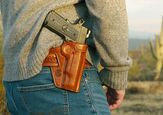
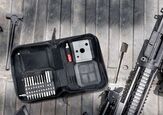










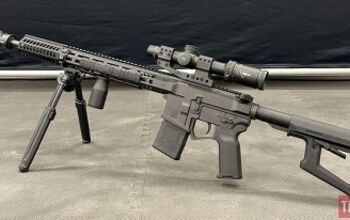
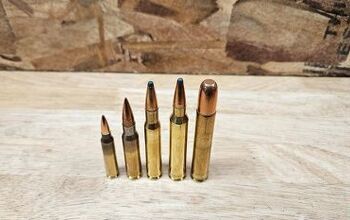





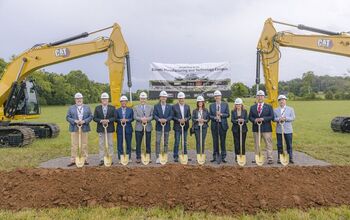
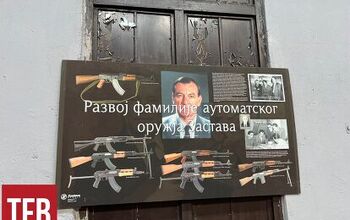
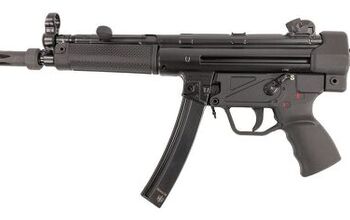
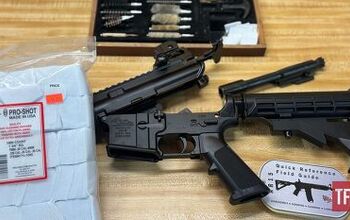
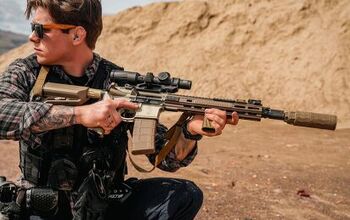

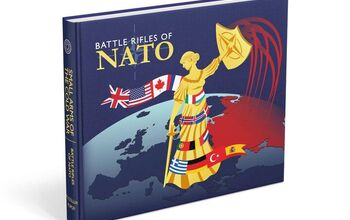


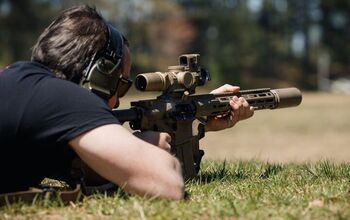
Comments
Join the conversation
Guns you cant get. Great article - NOT. How about the ones commonly available to American shooters.
original ww2 Colt .45. I have one passed down through the family. Only part replaced was barrel , due to wartime corrosive ammo. Gun has never failed to chamber and fire anything I have loaded in it. From mil spec ammo, low power lead truncated target loads to cheap reloads when I could not afford good ammo. Made in 6 of 43 and still rocking. Kids still argue on who gets it next.